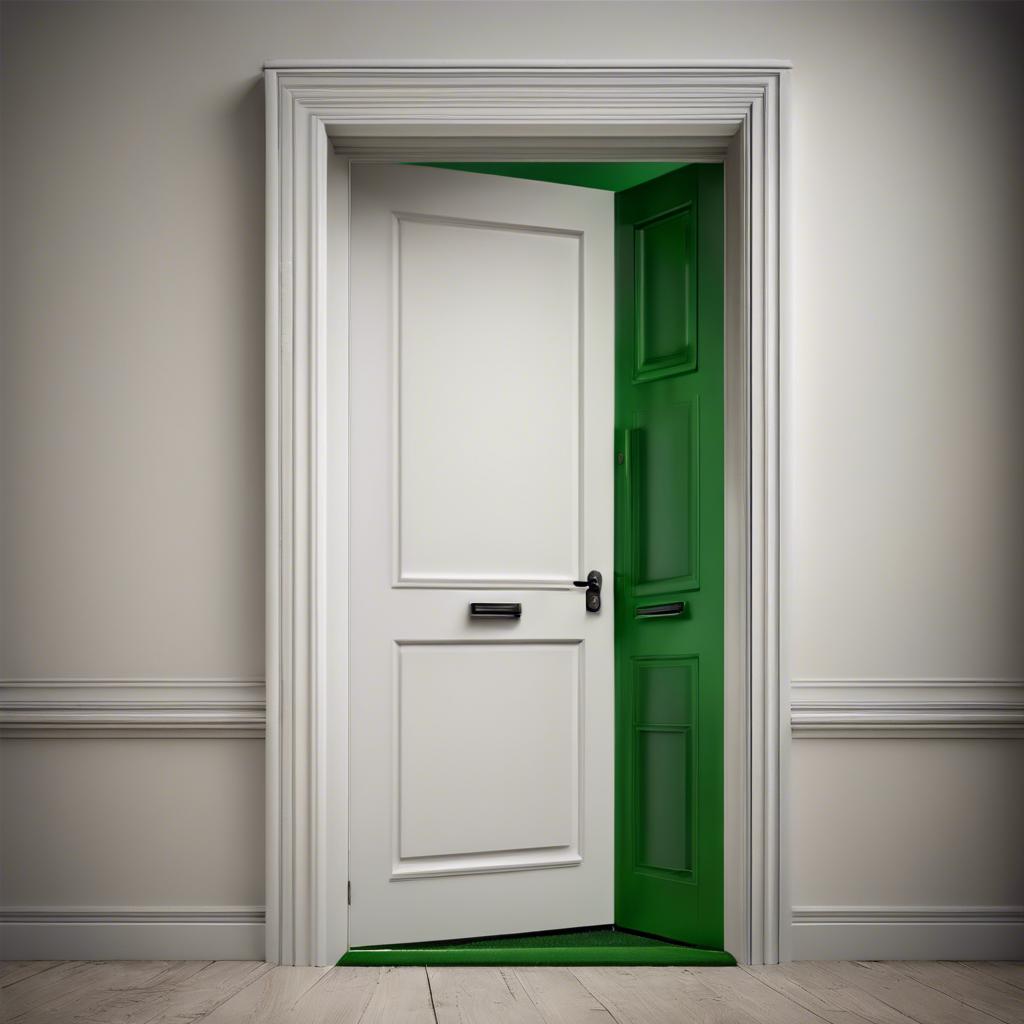In the realm of interior design and architectural history, the baize door holds a prominent place as a classic element of traditional English homes. Originating in the 16th century, these doors were once prized for their practicality and durability, offering both insulation and soundproofing. Join us as we delve into the rich history and enduring legacy of the baize door, exploring its evolution and widespread use in aristocratic residences and public buildings over the centuries.
Step Into the World of Cheryl Bolen
Dive into the enchanting stories of love, intrigue, and elegance set in the Regency Era. Cheryl Bolen's novels offer timeless romance and captivating tales that will leave you wanting more.
Explore Cheryl Bolen's Books Now
Origins and Evolution of the Baize Door
Baize doors have a long and rich history that dates back to the 17th century. Originally made from a heavy woolen cloth called baize, these doors were popular in European households for their durability and insulating properties. Over time, the design and construction of baize doors evolved to incorporate new materials and techniques, but they have retained their characteristic soft texture and muted colors.
The use of baize doors became widespread in England during the Victorian era, where they were often adorned with intricate patterns and designs that reflected the homeowner’s social status. These doors were also utilized in public buildings and institutions for their soundproofing qualities, making them a practical choice for theaters, libraries, and government offices. The evolution of the baize door continued into the 20th century, with modern iterations featuring sleeker designs and environmentally friendly materials.
Today, baize doors remain a popular choice for homeowners looking to add a touch of elegance and sophistication to their interiors. Whether used as a traditional swinging door, a sliding partition, or a decorative wall covering, the versatility of baize doors makes them a timeless and practical addition to any space. With their history rooted in craftsmanship and innovation, baize doors continue to be a symbol of quality and style in modern design.
Characteristics and Benefits of Baize Doors
Baize doors have a long history dating back to the 17th century when they were first introduced as a luxurious addition to homes. These doors are known for their unique characteristics and benefits that set them apart from traditional wooden doors. One key feature of baize doors is their soft and velvety texture, which adds a touch of elegance to any room.
Aside from their luxurious appearance, baize doors also offer several practical benefits. The soft texture of the door helps to reduce noise levels, making them ideal for bedrooms or study rooms where a quiet environment is needed. Additionally, baize doors are highly durable and can withstand frequent use without showing signs of wear and tear, making them a worthwhile investment for any homeowner.
In terms of maintenance, baize doors are relatively easy to care for. They can be easily cleaned with a damp cloth and mild detergent, and any scuff marks or stains can be easily removed with a gentle brush. With proper care, baize doors can last for many years, making them a timeless addition to any home.
Maintaining and Caring for Baize Doors
Many historic buildings feature beautiful baize doors, which were popular during the Victorian era for their stylish appearance and noise-reducing properties. To maintain and care for baize doors properly, it is important to follow a few key steps to ensure they last for years to come.
Regular Cleaning: Use a soft brush or vacuum with a brush attachment to remove any dust or dirt from the surface of the baize door. Avoid using harsh chemicals or abrasive cleaners, as these can damage the fabric.
Preventing Damage: Be cautious when moving furniture or objects near baize doors to prevent snags or tears in the fabric. If a tear does occur, it is best to consult a professional for repair to avoid further damage.
Choosing the Right Baize Door for Your Space
Baize doors have a long history dating back to the 17th century when they were first used in European homes. These doors were originally made from a green-colored woolen fabric called baize, which was later replaced with more durable materials like wood and metal. However, the term ”baize door” still refers to doors that are covered with this distinctive fabric, adding a touch of elegance and sophistication to any space.
When choosing the right baize door for your home or office, it’s important to consider the style and decor of the room. Baize doors come in a variety of colors, so you can choose one that complements the existing color scheme. Additionally, you can opt for a plain baize door or one with intricate designs and patterns, depending on the aesthetic you’re aiming for.
In addition to aesthetics, it’s crucial to consider the functionality of the baize door. Make sure to select a door size that fits the space properly and consider factors like soundproofing and insulation. With the right choice of baize door, you can add a touch of timeless elegance to your space while also enhancing its functionality.
The Conclusion
the use of baize doors in history serves as a testament to the craftsmanship and practicality of this material. From its origins as a luxurious fabric in the courts of Europe to its evolution into a durable and versatile door covering, baize has played a significant role in interior design and architecture. As we continue to appreciate and preserve the traditions of the past, let us not forget the humble baize door and the stories it has to tell about our shared history.


